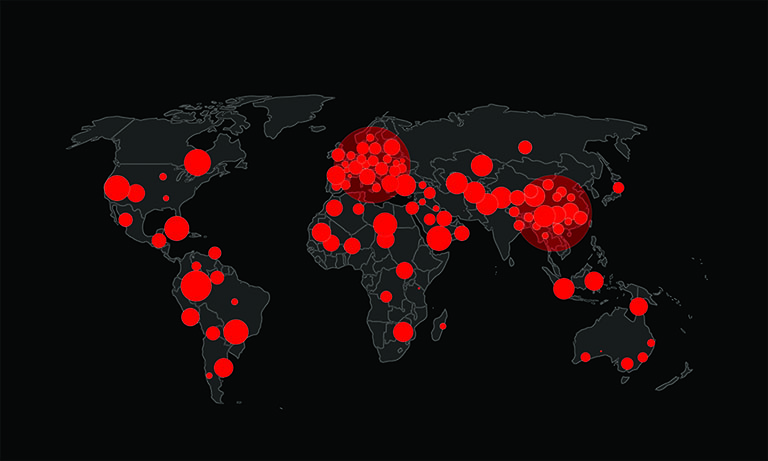GoRed Backdoor: The Cyber Threat You Need to Know About

In the constantly shifting landscape of cyber threats, another adversary has emerged, targeting multiple sectors within Russia. This cybercrime gang, known as ExCobalt, has been deploying a sophisticated Golang-based backdoor dubbed GoRed. Understanding what GoRed Backdoor is, its objectives, the consequences of an encounter, and how to protect against it is crucial in safeguarding sensitive data and maintaining cybersecurity.
Table of Contents
What is GoRed Backdoor?
GoRed Backdoor is a comprehensive and advanced cyber-espionage tool developed by ExCobalt, a group with roots tracing back to the notorious Cobalt Gang. ExCobalt, active since at least 2016, has shifted from primarily financial theft to broader cyber espionage activities. Their tool, GoRed, reflects this transition, offering extensive capabilities for infiltrating and controlling compromised systems.
Built using Golang, a modern programming language known for its efficiency and cross-platform compatibility, GoRed is designed to execute a wide range of commands on infected hosts. Its primary functions include obtaining credentials, monitoring active processes, network interfaces, and file systems, and executing remote commands via the Remote Procedure Call (RPC) protocol.
What does GoRed Backdoor want?
The main objective of GoRed Backdoor is cyber espionage. ExCobalt leverages this tool to gain unauthorized access to sensitive information across various industries. Over the past year, their targets have included government agencies, IT companies, metallurgical firms, mining operations, software developers, and telecommunications providers within Russia. By infiltrating these sectors, ExCobalt aims to gather valuable intelligence that can be used for various malicious purposes, from corporate espionage to strategic data theft.
What happens when users encounter GoRed Backdoor?
When users encounter the GoRed Backdoor, the consequences can be severe. Initial access is typically facilitated through previously compromised contractors or supply chain attacks. ExCobalt infects components used to build legitimate software, allowing them to bypass initial security defenses. Once inside a system, GoRed provides ExCobalt with extensive control over the compromised environment.
The backdoor's capabilities include executing arbitrary commands, capturing credentials, and harvesting detailed information about the system's operations. GoRed can also monitor for files of interest and passwords, enabling reverse shell functionalities. This collected data is then exported to attacker-controlled infrastructure, potentially leading to significant data breaches, operational disruptions, and financial losses.
How to protect devices from GoRed Backdoor?
Given the sophistication of GoRed Backdoor, protecting devices requires a multi-faceted approach. Here are key strategies to safeguard systems against this threat:
- Implement Strong Security Measures: Ensure that all systems are equipped with robust security solutions, including up-to-date antivirus and anti-malware software. Use firewalls and systems that can detect intrusions to monitor and block suspicious activities.
- Regular Software Updates: Keep all software, including operating systems and applications, updated with the latest patches. This practice helps close vulnerabilities that ExCobalt could exploit to gain initial access.
- Supply Chain Security: Vet third-party vendors and contractors rigorously to ensure they follow stringent security practices. Implement security controls that monitor and validate the integrity of software components obtained from external sources.
- User Awareness and Training: Inform employees about the dangers of phishing and other social engineering attacks that ExCobalt might use to steal credentials. Promptly encourage them to report any suspicious emails or activities.
- Access Controls and Privilege Management: Restrict user privileges to the minimum necessary for their roles. Implement multi-factor authentication (MFA) to add another security layer to critical systems and data.
- Regular Security Audits: Conduct frequent security assessments and audits to identify and remediate potential vulnerabilities. Penetration testing can also help simulate attacks and test the effectiveness of current defenses.
By understanding the nature of GoRed Backdoor and implementing these proactive security measures, organizations can significantly reduce the risk of falling victim to this sophisticated cyber threat. Remaining informed and vigilant is essential for maintaining a robust defense against the constantly evolving tactics of cybercriminals like ExCobalt.







